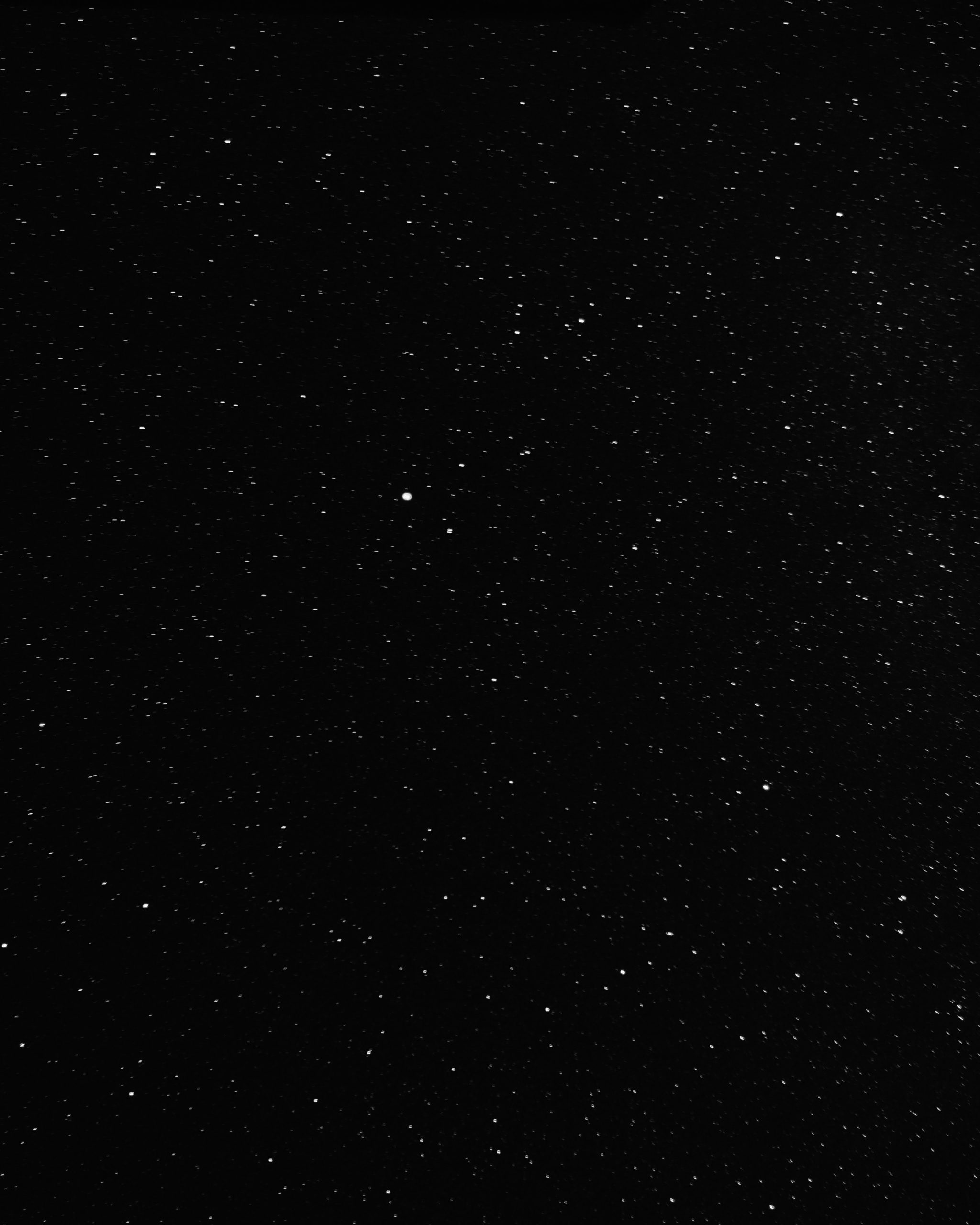Understanding the Waxing Gibbous: A Celestial Phenomenon Illuminated
Our beautiful celestial object, the Moon, has long captivated and fascinated humanity. Throughout history, people have looked up at the night sky in wonder, observing its ever-changing phases and uncanny appearance. One phase that often captures attention is the waxing gibbous, a celestial event that falls between the first quarter moon and the full moon. In this article, we will delve into the mesmerizing world of the waxing gibbous, unraveling its defining features, significance, and stunning visual appearance.
Defining the Waxing Gibbous
The term “gibbous” itself refers to a shape that is more than half but less than fully illuminated. This phase can be observed on both the waxing (leading up to the full moon) and waning (after the full moon) sides of the lunar cycle. However, for the purpose of this article, we will focus specifically on the waxing gibbous, as it showcases the gradual progression towards a full moon.
During the waxing gibbous phase, the Moon is approximately three-quarters illuminated, with just a small crescent of darkness. This phase occurs after the first quarter moon and right before the full moon. It represents a moment in the lunar cycle when the Moon reveals increasing brightness, slowly transitioning from one phase to the next.
Understanding the Lunar Cycle
In order to fully comprehend the waxing gibbous, it is crucial to have a basic understanding of the lunar cycle. The lunar cycle, also known as the Moon’s phases, refers to the continuous cycle of changes in the Moon’s appearance as seen from Earth. This cycle is primarily influenced by the Moon’s position in relation to the Sun and our planet.
The lunar cycle is divided into eight distinct phases: new moon, waxing crescent, first quarter, waxing gibbous, full moon, waning gibbous, third quarter, and waning crescent. These phases follow a predictable pattern, with each phase lasting approximately 7.4 days, resulting in a full lunar cycle of roughly 29.5 days.
During the waxing gibbous phase, the Moon is energetically moving towards full illumination, growing brighter with each passing day. This transition signifies the Moon’s journey towards its peak brightness and the completion of its cycle.
Characteristics of a Waxing Gibbous
The waxing gibbous phase is characterized by unique visual attributes, allowing keen observers to identify and appreciate its distinctive charm.
Partial Illumination
During the waxing gibbous phase, the Moon exhibits partial illumination. Approximately three-quarters of the Moon’s surface is illuminated, leaving a crescent of darkness on the side opposite to the Sun.
This partial illumination provides a soft, radiant glow, casting a mesmerizing light on the night sky. The gradual illumination of the Moon during the waxing gibbous phase serves as a visual representation of the celestial object’s journey towards complete brightness.
Increased Visibility
Due to its significant illumination, the waxing gibbous phase enables optimal lunar visibility. The vivid brilliance of the Moon during this phase allows for easy observation and appreciation, even in areas with moderate to high light pollution.
Streetlights, cityscapes, and other sources of artificial light may diminish the visibility of fainter celestial objects, such as galaxies or deep sky objects. However, the Moon’s brightness during the waxing gibbous phase cuts through the ambient urban glow, making it easily visible to the naked eye.
Noticeable Moonrise Time
As the waxing gibbous Moon brightens the night sky, its rise becomes more prominent and conspicuous. Moonrise during this phase often occurs during the late afternoon or early evening, depending on the specific location and time of year.
The time of the Moon’s rising can provide an excellent opportunity for photographers and enthusiasts to capture stunning shots of the Moon ascending above the horizon. The interplay of the Moon’s glow and the surrounding landscape can create captivating visual compositions.
The Significance of the Waxing Gibbous
Beyond its visual allure, the waxing gibbous phase holds significance in various aspects of human life and activities.
Astronomical Observations
For astronomers and stargazers, the waxing gibbous phase provides an ideal opportunity to observe the Moon’s surface features in more detail. With a significant portion of the lunar landscape being illuminated, various craters, mountains, and other geographic formations become clearly visible.
During this phase, telescopes and binoculars can be employed to enhance the observation experience, unveiling a myriad of captivating lunar features that might otherwise be challenging to discern during the full moon due to the overwhelming brightness.
Navigation Aid
Throughout history, the Moon has been a reliable celestial tool for navigation, particularly during maritime voyages. Sailors and explorers, both past and present, have used the Moon’s phase and position to determine their location and ensure accurate navigation.
The waxing gibbous phase assists navigators by providing a substantial source of illumination during the night, highlighting the surrounding landscape and providing valuable points of reference for orientation.
Conclusion
The waxing gibbous phase offers a mesmerizing spectacle, connecting us with the mysteries of the cosmos and inviting us to explore the wonders of the night sky. This transitional phase of the lunar cycle represents the Moon’s continuous evolution towards its full luminosity. Whether appreciated for its visual allure or its practical significance, the waxing gibbous serves as a remarkable celestial phenomenon that unites humanity’s fascination with the cosmos.
So, the next time you encounter the waxing gibbous Moon gracing the night sky, take a moment to appreciate its partial illumination, understand its significance, and revel in the cosmic beauty that surrounds us.
Table of Contents
